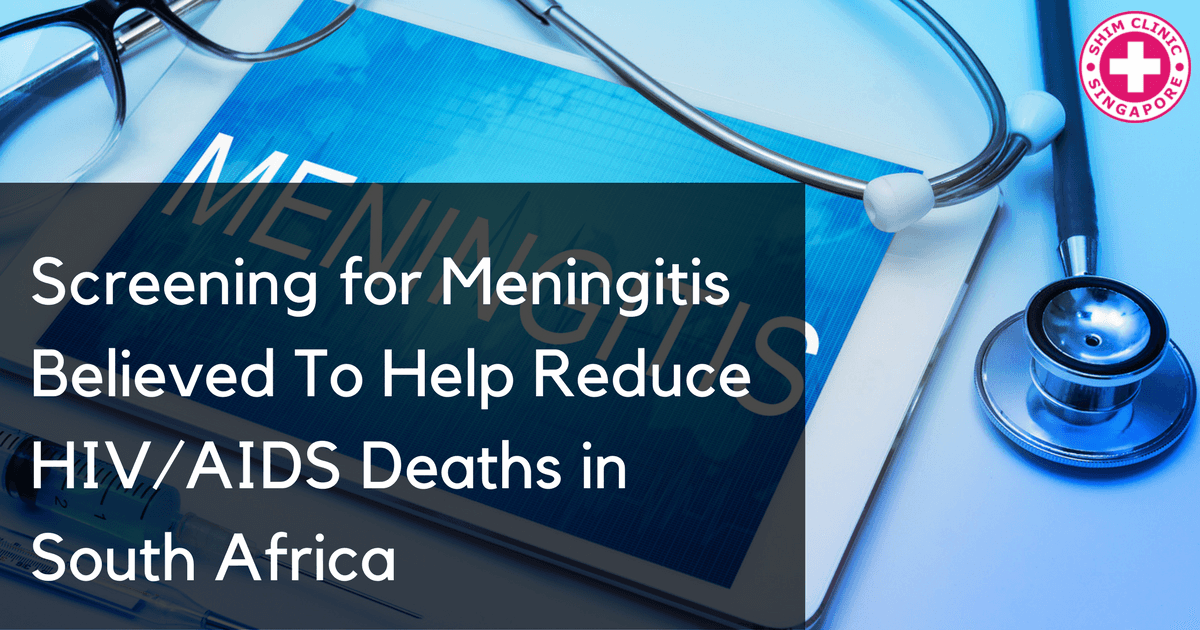Cryptococcal disease is fungal meningitis that usually occurs in HIV positive people. It is the most common fungal disease among people with AIDS. Cryptococcal meningitis is also known to be the second most common cause of death in people with HIV in Sub-Saharan Africa after tuberculosis. However, it may sometimes occur in people with no apparent immune system problems.
What is the Relationship between Meningitis and HIV?
In immune-suppressed people, the fungus works by reactivating and causing meningitis. The fungus is able to hide in plain sight in the body’s immune system due to its very big jelly-like capsule that shields it.
Cryptococcal fungus breeds on people with weak immune systems. People living with HIV have weak immune systems hence why the fungal disease is more common among this group.
Challenges Facing Treatment of Cryptococcal Disease in South Africa
South Africa has launched what is arguably the world’s largest countrywide screening campaign in efforts towards early detection of cryptococcal meningitis. The following factors are the driving force towards the new screening:
- Before the new screening was introduced, testing for the disease was only done when symptoms such as severe headaches or confusion were seen in an individual. By then, the fungus had already multiplied in the patient’s brain making chances of survival very slim even with antifungal treatment.
- In order to get antifungal medicines, people with meningitis had to be admitted in hospital for 2 weeks.
- Many patients start ART when their CD4 count is lower than 200. At this point, the immune system is already weak and it’s too late increasing the chances of the patient getting cryptococcal meningitis.
- Lack of consistency in patients sticking to their antiretroviral treatment further weakening their immune system.
How does the New Test Help to Solve the Above Challenges?
The dipstick test creates a cheaper and easier way to detect meningitis before its symptoms start showing. The ability of the test to pick up the jelly-like fragments of the capsule in the blood makes it possible for people to be given antifungal medicines for treatment before meningitis develops, therefore, reducing the risk of death and costly hospital admissions.
The test makes it possible to discover the fungus in patients with a CD4 count below 100 meaning that the disease is identified at an early point. This helps reduce the chances of death among people living with AIDS.
Doctors in South Africa say that the test will make it possible for an estimated 250,000 patients living with HIV with a CD4 count below 100 to be screened for cryptococcal antigen yearly. It is important to note that screening for the fungus, early treatment for those who were positive and ART have reduced the mortality rate among people with a CD4 count below 200 by 30%.
The test can work but it needs more efforts in terms of educating and training health care workers, creating awareness among people living with HIV on the fungus and other such opportunistic infections, efficient delivery of antifungal medicines to clinics as well as enhancement of delivery of screening test results to health care workers.
If the test can work for South Africa, other countries should adopt the technique especially the more HIV/AIDS prone countries.

